Vegetable amaranth is a plant that has a future
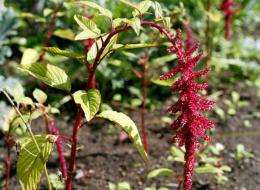
According to agronomists, amaranth can feed almost the entire population of planet Earth. This claim is due to its exceptional nutritional properties. Vegetable amaranth is suitable for consumption as food, as food, as medicine. That is why this plant is quite promising.
Content:
- Brief characteristics of vegetable amaranth
- What are the benefits of amaranth?
- How to grow vegetable amaranth
Brief characteristics of vegetable amaranth
This plant comes from America. It was eaten by the Aztecs as a cereal. Interestingly, in the Middle Ages, the Inquisition considered amaranth to be a devilish plant. Nowadays it is increasingly used as a grain or vegetable crop.
The plant has small, numerous flowers of orange or greenish color. They are collected in inflorescences - panicles, which can also have different colors from brownish to red-purple. The plant blooms from the beginning of summer until almost the first frost. A little frost won't do much. The plant grows very quickly, it growing season – from 90 to 120 days. It can grow well in poor, unfertilized soils and is resistant to heat and drought and pathogens.
Due to the large size of the flower, vegetable amaranth is grown in our garden plots mainly as an ornamental plant. And this despite the fact that this plant has unique properties. And according to the Japanese, this plant may soon become the main food product on the planet.
Young leaves and stems can also be eaten as salads. And the dried leaves can be used as tea. It is very tasty, aromatic and incredibly healthy. Few of our compatriots know that amaranth seeds can also be eaten. They contain substances that are not found in any other food product.
High nutritional properties amaranth and its enormous benefits make it very popular among farmers, as well as amateur summer residents. Its popularity and prevalence is evidenced by the fact that today there are about 80 species throughout the world. Interestingly, the plant is able to maintain the fresh appearance of its flowers for a long time.
Therefore, the plant received the nickname “people’s winter friend.” Thus, our gardeners, gardeners and flower growers have a great opportunity to grow this unpretentious, beautiful and very useful plant.
What are the benefits of amaranth?
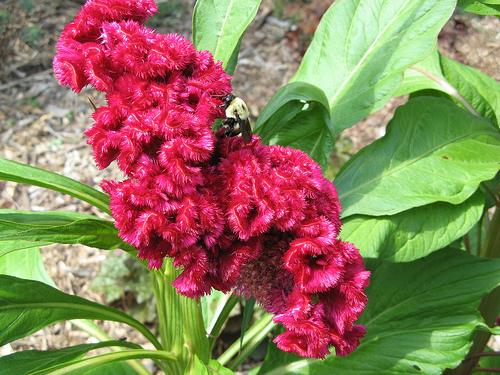
Vegetable amaranth has exclusively beneficial properties. Firstly, absolutely all of its parts are edible. In addition to their edibility, they also have high nutritional properties. The most valuable and nutritious are the seeds. They have a high amount of protein. Also, seeds include almost the entire set of amino acids, including essential ones.
Amaranth also contains the following substances:
- Unsaturated acids
- Xanthine
- Serotonin
- Bile acid
- Steroids
- Holins
- Squalene
- Vitamins B
- Pantothenic acid
- Vitamins E, D
- Carotene
- Rutin
The plant contains a complex of unsaturated fatty acids - linoleic, palmitic, stearic, oleic, which makes amaranth indispensable for dietary nutrition.The leaves can be used in dietary nutrition in case of vitamin P deficiency, hemorrhages, and arterial hypertension. Recent Japanese research has discovered that amaranth can be used to treat humans from radiation damage.
Amaranth leaves are a rich source of antioxidants and biogenic calcium. It is successfully used as an antacid for diseases of the gastrointestinal tract. And the presence of polyunsaturated fatty acids in the plant makes it useful for those suffering from diseases of the cardiovascular system, central nervous system, and skin diseases. And for colds, you can prepare a delicious and aromatic tea that will strengthen the immune system and quickly relieve illness.
There is also experience in using sprouted amaranth seeds to combat cancer pathologies. And from amaranth seeds they make tasty and very healthy oil. It contains squalene, which has immunomodulatory and antitumor property.
This oil effectively fights eczema, psoriasis, trophic ulcers, tuberculosis and even cirrhosis. The oil is extremely useful during chemotherapy, as it has restorative properties.
The excellent nutritional and healing properties of amaranth make it an indispensable food product and medicine.
How to grow vegetable amaranth
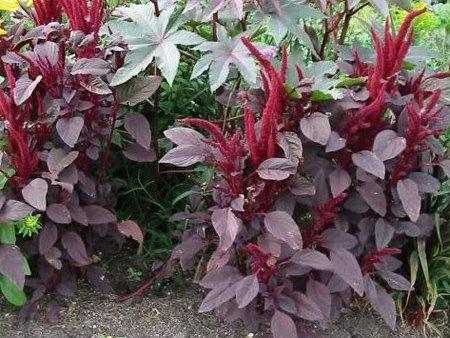
This plant is an annual. The optimal temperature for its development is from 25 to 30 degrees. But, nevertheless, despite being thermophilic, it can withstand short-term drops in temperature even to slight frosts.
Amaranth also belongs to green manure. It will produce an excellent harvest if the plant is grown in soil where cucumbers, potatoes, tomatoes, legumes and herbs were previously grown.It is necessary to sow amaranth at the end of May, when the soil has already warmed up sufficiently.
To have very useful amaranth seeds, you need to grow this plant in seedlings. To get seedlings, you need to sow the seeds in the second half of April. Seedlings are best grown in pots. Vegetable amaranth is planted in its permanent place of “residence” only when the threat of frost has passed. When they are unavoidable, plants must be covered to prevent the tender shoots from freezing.
Before sowing it is advisable fertilize the soil. A mineral mixture or complex fertilizers are suitable for this. Seeds should be sown at the rate of 15 grams per 100 square meters. During the sowing process, they can be mixed with sawdust or coarse sand. Shoots usually appear on the seventh day.
After direct sowing of seeds, the plant develops quite slowly. In order for it to develop faster, careful weeding is necessary. But when the plant grows a little, it grows at a very fast pace and destroys the weeds around itself.
During dry periods, regular watering is necessary. It is most desirable during the period of intensive growth of amaranth. During the season, it is necessary to fertilize three to four times (for this, a solution of mullein and ash is used). It is advisable to harvest amaranth in dry weather. Please note that up to 500 thousand seeds are obtained from one plant.
Thus, growing amaranth has great prospects in our country. After all, this is not only a plant that provides nutritious and tasty food, it is also a most valuable and unique medicine. It is not difficult to grow it. Any owner will certainly not go wrong if he takes on this useful task.
How to use amaranth in cooking? Find out from the video:
Interesting information about the vegetable garden

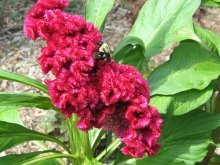
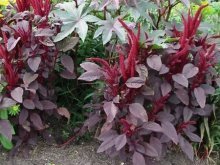
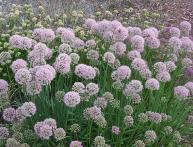
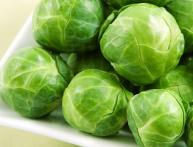


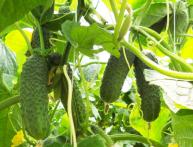

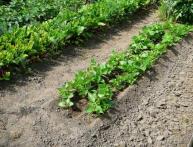
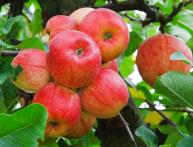
Comments
We consider such a plant to be a weed. Previously, it was once planted for decoration, but its seeds flutter and then it is very difficult to remove it from an unnecessary area. It is better not to plant cultivated plants near them.
My mother also planted amaranth for decoration, not even knowing that it could be eaten, and now almost the entire garden is overgrown with it, fortunately there are only flowers there and, in principle, it does not interfere much, but gives an unusual appearance to fruit trees.